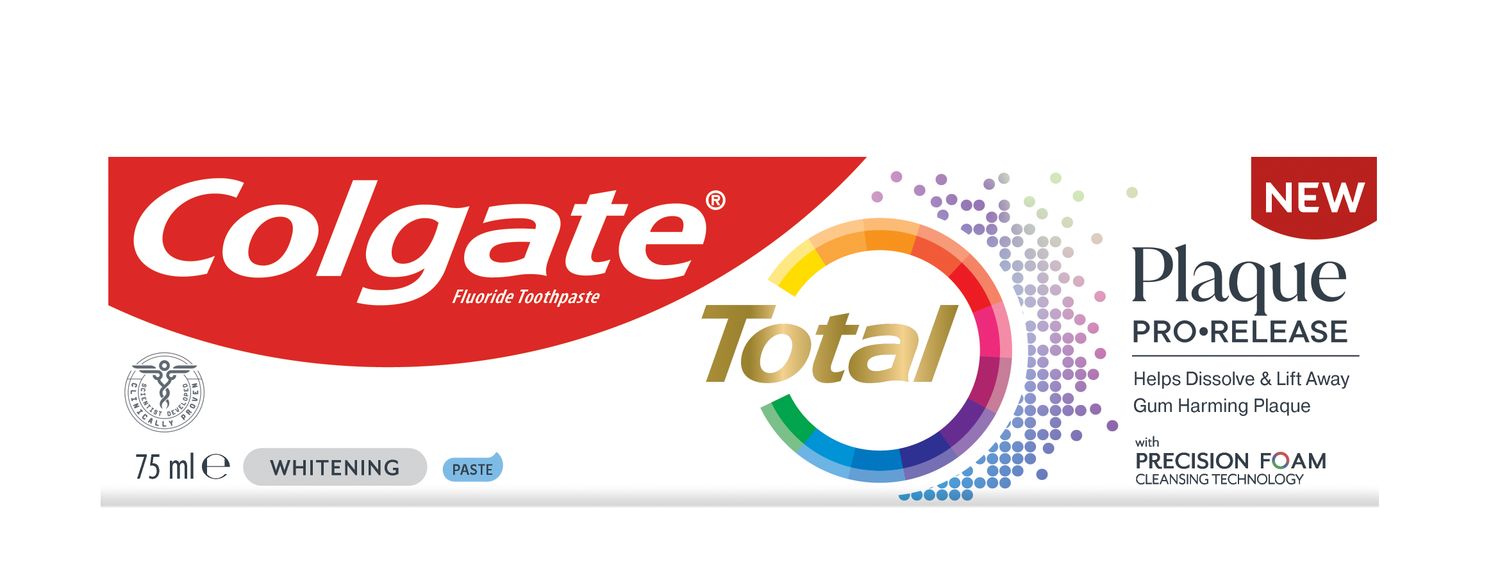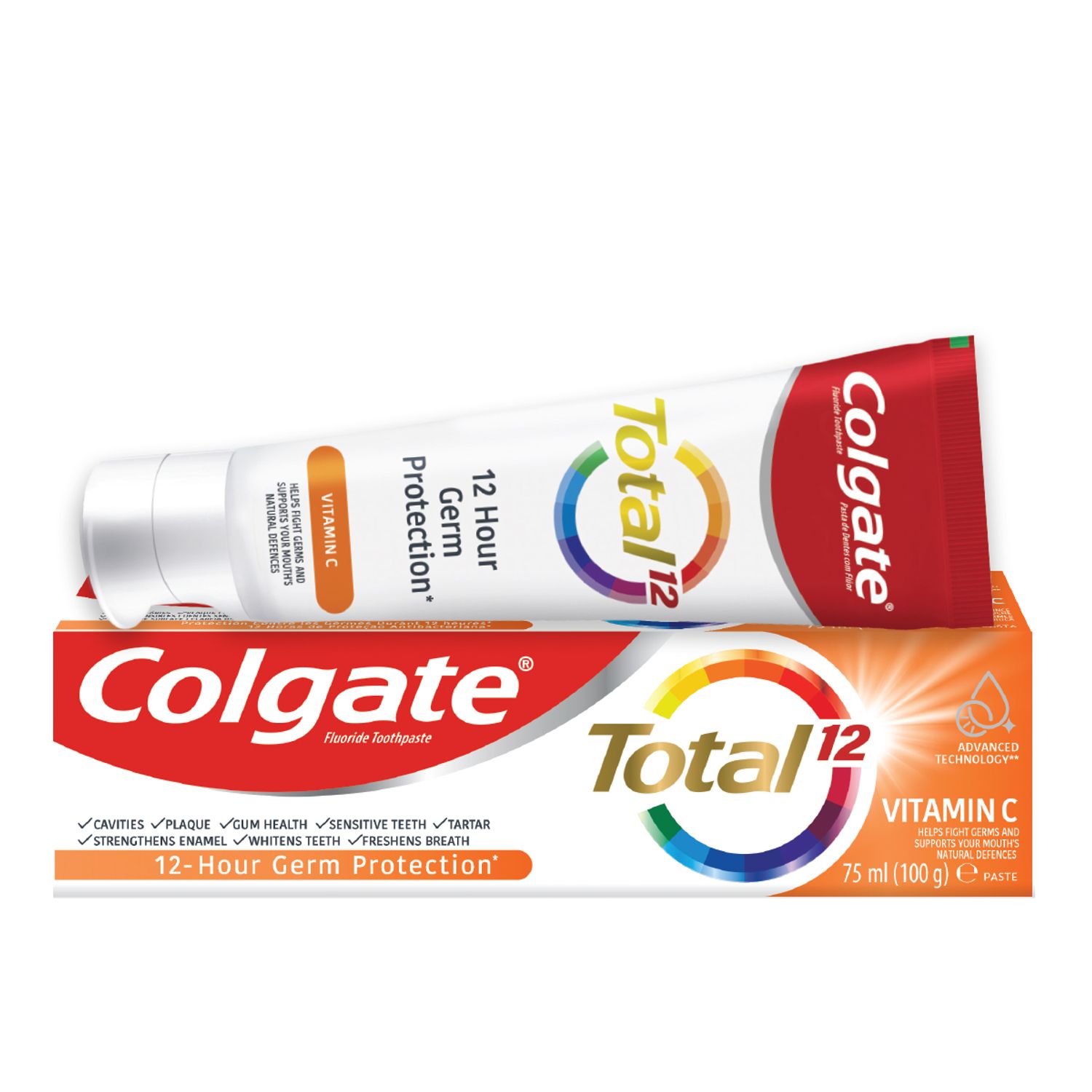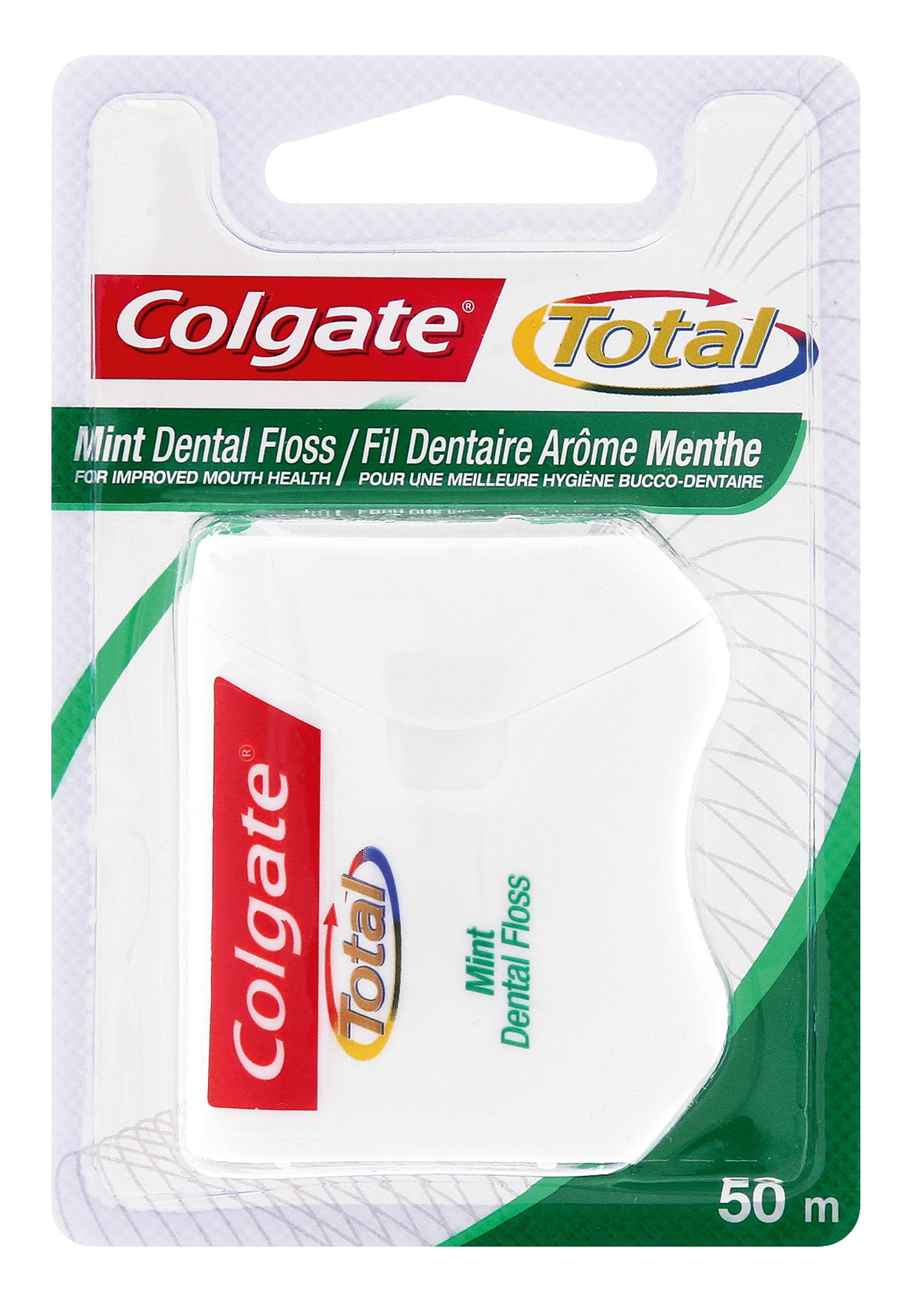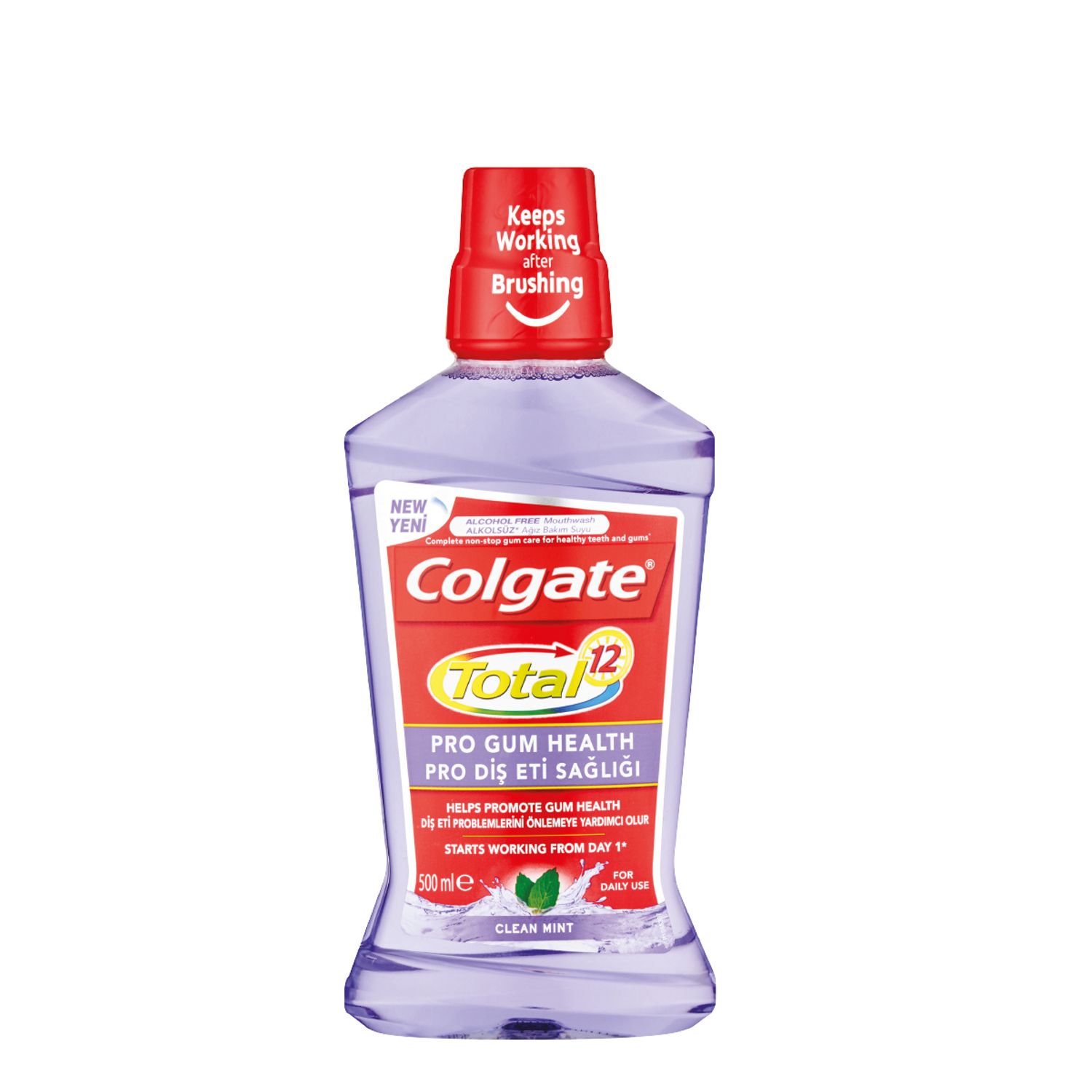-
-

CAVITIES
Can You Heal A Cavity At Home?You feel a sharp pain when you bite down or try to eat. You think it's a cavity, but you're not 100 percent sure...

BAD BREATH
How To Cure Bad BreathMore commonly known as bad breath, halitosis is an embarrassing hygiene issue that nobody wants, but some of us get every now and then...
-
Science & Innovation
- Colgate® | Toothpaste, Toothbrushes & Oral Care Resources
- Oral Health
- What Is the Right Way to Floss?
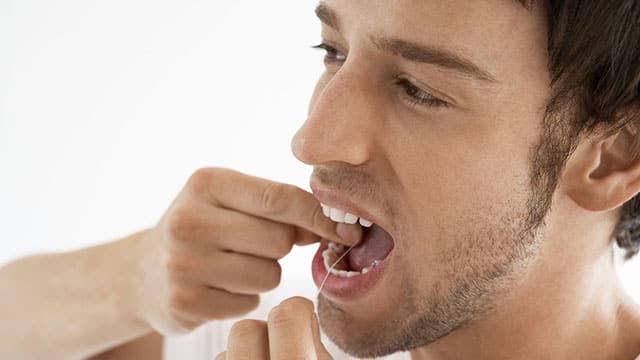

Proper Flossing Technique
You have probably heard that flossing is good for your dental hygiene, but you may be wondering why, or how to do it correctly. Proper flossing removes plaque and food particles in places that a toothbrush can't easily reach — under the gumline and between your teeth, in particular. As plaque build-up can lead to tooth cavities and gum disease, daily flossing is highly recommended.
To receive maximum benefits from flossing, use the following proper technique:
- Starting with about 46 centimetres of floss, wind most of the floss around each middle finger, leaving around 3 to 5 centimetrs of floss to work with.
- Holding the floss tautly between your thumbs and index fingers, slide it gently up-and-down between your teeth.
- Gently curve the floss around the base of each tooth, making sure you go beneath the gumline. Never snap or force the floss, as this may cut or bruise delicate gum tissue.
- Use clean sections of floss as you move from tooth to tooth.
- To remove the floss, use the same back-and-forth motion to bring the floss up and away from the teeth.
What type of floss should I use?
There are two types of floss from which to choose:
- Nylon (or multifilament) floss
- PTFE (monofilament) floss
Nylon floss is available waxed and unwaxed, and in a variety of flavours. As this type of floss is composed of many strands of nylon, it may sometimes tear or shred, especially between teeth with tight contact points. While more expensive, single filament (PTFE) floss slides easily between teeth, even those with tight spaces between them, and is virtually shred-resistant. When used properly, both types of floss are excellent at removing plaque and debris.
If it's hard to use regular floss, you can try floss picks, water flossing and a variety of alternative flossing tools. No matter how you do it, cleaning between your teeth will help keep your smile sparkling.

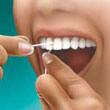
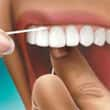
Related Products

Helping dental professionals
More professionals across the world trust Colgate. Find resources, products, and information to give your patients a healthier future






